Vanguard Chess
Vanguard Chess is a new variant played on a double-size board (actually the equivalent of four standard boards), with three rows of pieces on each side to open. These include several types of fairy pieces, as described herein.
This Variant is inspired somewhat by the Chess on a Really Big Board variant (scroll down to "Two Sets, Four Boards," or see the Wikipedia article), which also uses fairy pieces on a 16x16 board. There are also influences of certain other variants that use a large board with multiple starting rows (such as Chess 256 or Terachess), though as far as I'm aware this is the only one with three rows.
The logic of the pieces is to, as much as possible, only add those whose names suggest someone or something that might actually be in an army, relying mainly on the Wikipedia article on Fairy chess pieces. Most of them should make perfect sense, though the Lioneer is an admitted stretch; I was running out of ideas, and needed a semi-powerful piece, so I went with an animal handler (lion tamer) that potentially could be in an army, even if it never actually happened historically as far as I know. (The Wikipedia article does mention varioius types of Dog, which makes a bit more sense logically, but they're all rather weak.)
Setup
As stated above, this game uses all the same pieces as standard Chess, plus several fairy pieces, on a 16x16 board.
The back row's setup for White is:
- Helepolis, Nightrider, Spy, Falconer, Bishop, Wizard, Princess, Queen, King, Prince, Chancellor, Bishop, Falconer, Spy, Nightrider, Helepolis
Black sets up the back row in reverse order.
Both sides set up the second and third row identically:
- Rook, Knight, Lioneer, Lancer, Archer, Archer, Archer, General, General, Archer, Archer, Archer, Lancer, Lioneer, Knight, Rook
- Pawn, Pawn, Pawn, Pawn, Soldier, Soldier, Soldier, Sergeant, Sergeant, Soldier, Soldier, Soldier, Pawn, Pawn, Pawn, Pawn

Pieces
The pieces from standard Chess all move as in that game, with the exception of the Pawn (see below), and the exclusion of Castling.
Each of the listings below includes the symbol and number per player in the header.
Overall, each player will need:
- 1 each: Chancellor, King, Queen, Prince, Princess, Wizard
- 2 each: Bishop, Falconer, General, Helepolis, Knight, Lancer, Lioneer, Nightrider, Rook, Sergeant, Spy
- 6 each: Archer, Soldier
- 8 Pawns
Archer
The Archer can slide up to three squares diagonally without capturing, or rifle capture (that is, capture without moving) in a Knight-like manner.

Bishop
As in standard Chess, the Bishop can move diagonally any distance.
Chancellor
The Chancellor combines the moves of the Rook and Knight.
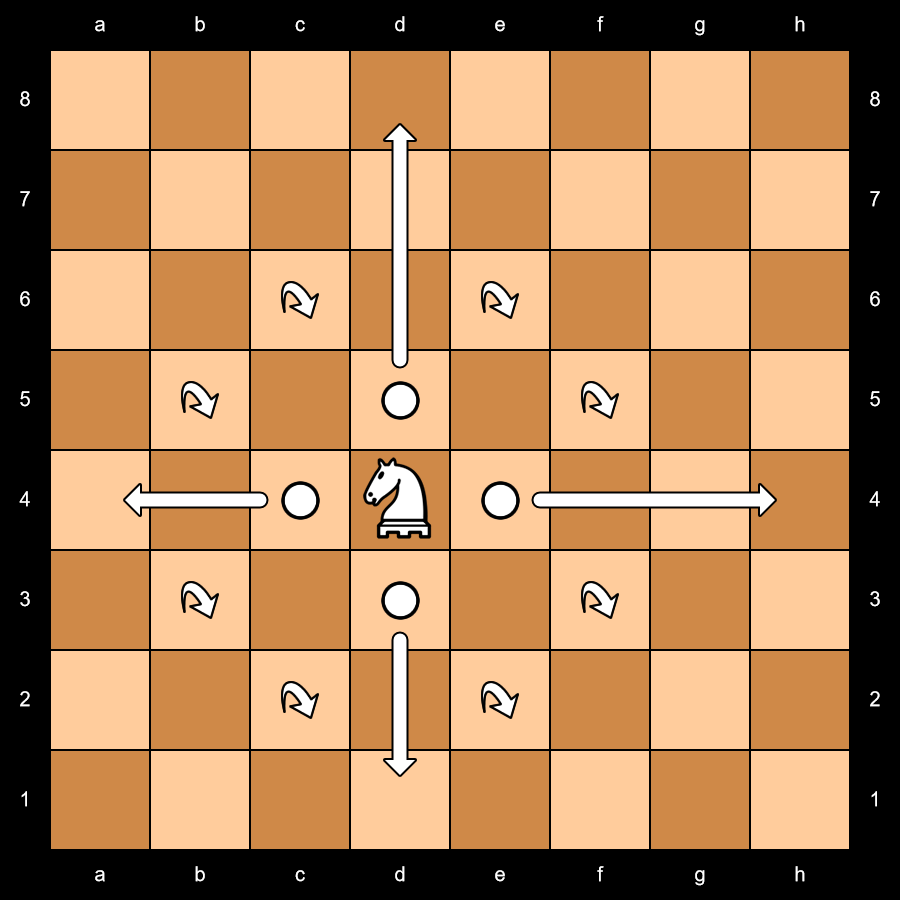
Falconer
The Falconer moves up to 3 spaces diagonally, and can turn. Put another way, it can move to any space of the same color within a 7x7 square centered where it starts, as long as it can go there unimpeded with diagonal moves.

General
The General moves diagonally like a Bishop, or slide an even number of steps orthogonally. Note that, while this makes the General color-locked, it doesn't jump over spaces of the other color; all spaces in the path must be free.

Helepolis
The Helepolis (named for a movable siege tower used by the ancient Greeks) can jump up to three spaces orthogonally.
This is similar to the traditional Machine or War Machine (either of which can serve as an alternate name for the piece), but extended to recognize this board's greater size.

King
As in standard Chess, the King can move one space in any direction. If threatened (in Check), the King must move to an unthreatened space; if that is not possible; it's considered to be in Checkmate.
If the Prince is on the board, the opponent must capture the King on the next move, and the player's Prince is then promoted to King; however, there may be ways (see below) to save the King. If the Prince is not on the board, the opponent wins.
Also, Castling is not used.
Knight
As in standard Chess, the Knight jumps two spaces orthogonally, then turns 90 degress and moves one space. (Only the target space needs to be free.)
Lancer
The Lancer can make a jump like a Knight, and optionally a second identical jump if the first space is unoccupied. It can also slide two or three spaces in any direction, but only to capture.
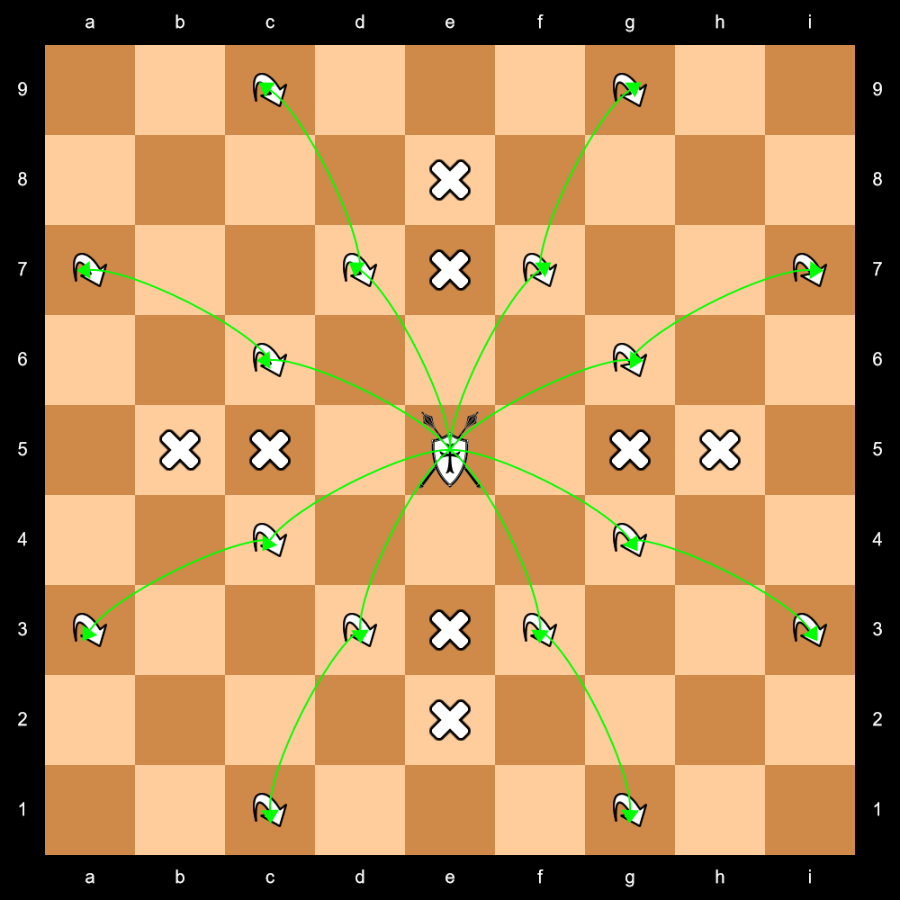
Lioneer
The Lioneer moves like a King, but can move twice in one turn, enabling it to (potentially) capture two enemy pieces at once. Put another way, it can move one or two spaces in any direction, can turn any direction, and can capture in the intervening space as well as where it lands. It can also capture a piece in a neighboring space, and then return to its original space. Similarly, if the Lion is not surrounded, it can move to an empty neighboring space and then back, effectively making a Pass.
This is essentially identical to the Lion in Chu Shogi, except that the Lioneer does not jump. (If you prefer, this may also be called the Lion Tamer, or just Lion.)

Nightrider
The Nightrider moves like a Knight, but can continue to move in a straight line as long as the landing spaces are free.

Pawn
The Pawn moves as in standard Chess, except that its opening move may be up to 4 spaces, and En Passant is not used.
Upon reaching the far row, the Pawn promotes to Knight.
Prince
The Prince can move one space diagonally, or like a Knight. A Royal piece, the Prince as well as the King must be captured for victory. If the King is captured while the Prince is on the board, the Prince becomes the King.
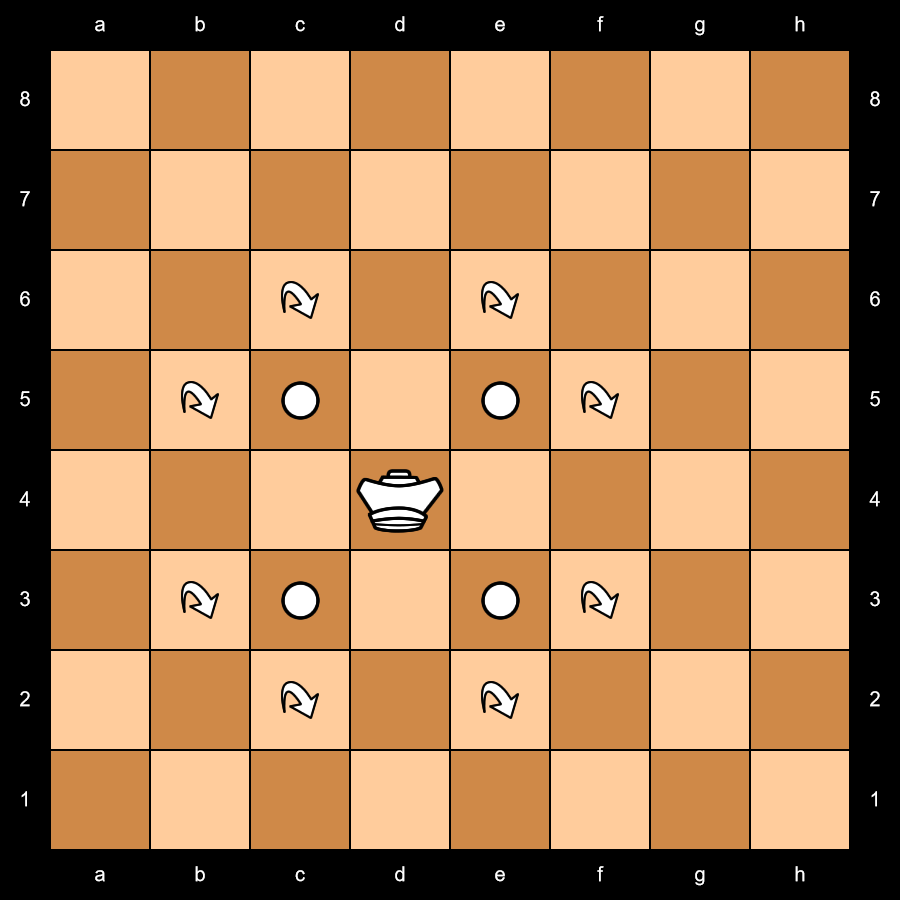
Princess
The Princess combines the moves of the Bishop and Knight. If the Queen is captured while the Princess is on the board, the Princess becomes Queen.

Queen
As in standard Chess, the Queen combines the moves of the Bishop and Rook.
Rook
As in standard Chess, the Rook can move orthogonally any direction. However, Castling is not used.
Sergeant
The Sergeant can move or capture 1-3 spaces forward, or one square diagonally; it can also move, but not capture, one square sideways.
Upon reaching the far row, the Sergeant promotes to Lancer.
(Note that this is quite different from the usual Sergeant fairy piece.)
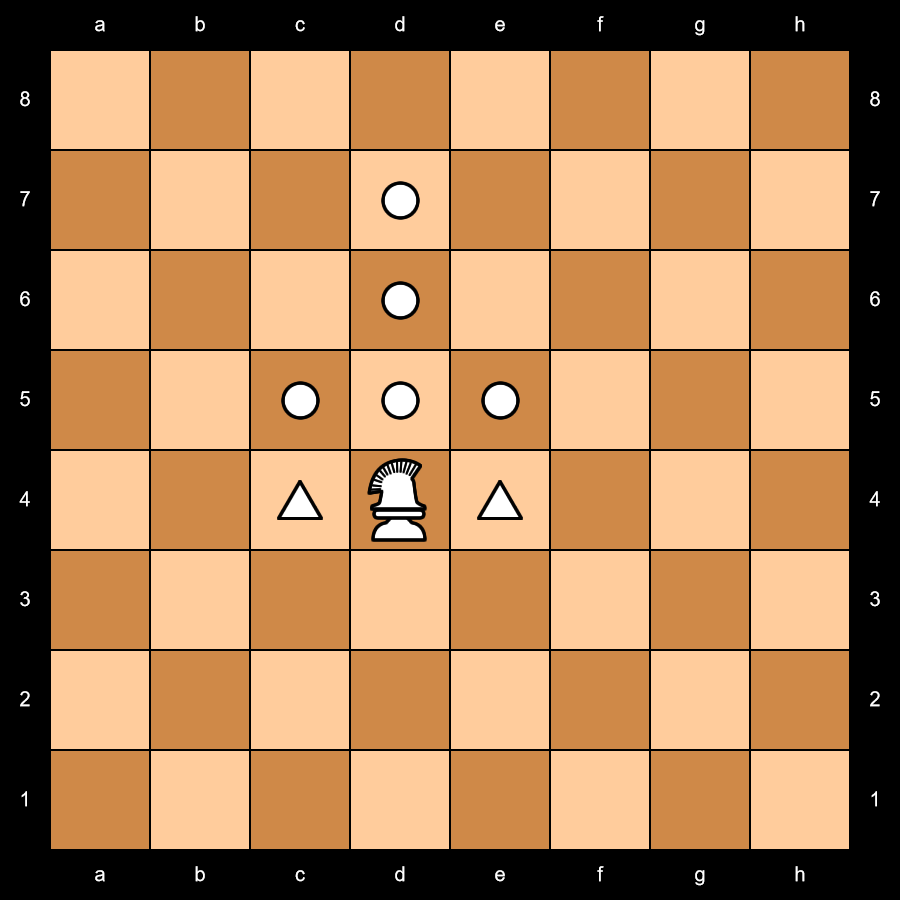
Soldier
The Soldier moves like a Pawn (including moving up to 4 spaces on the opening move), but can also move (but not capture) one square sideways.
Upon reaching the far row, the Soldier promotes to Helepolis.
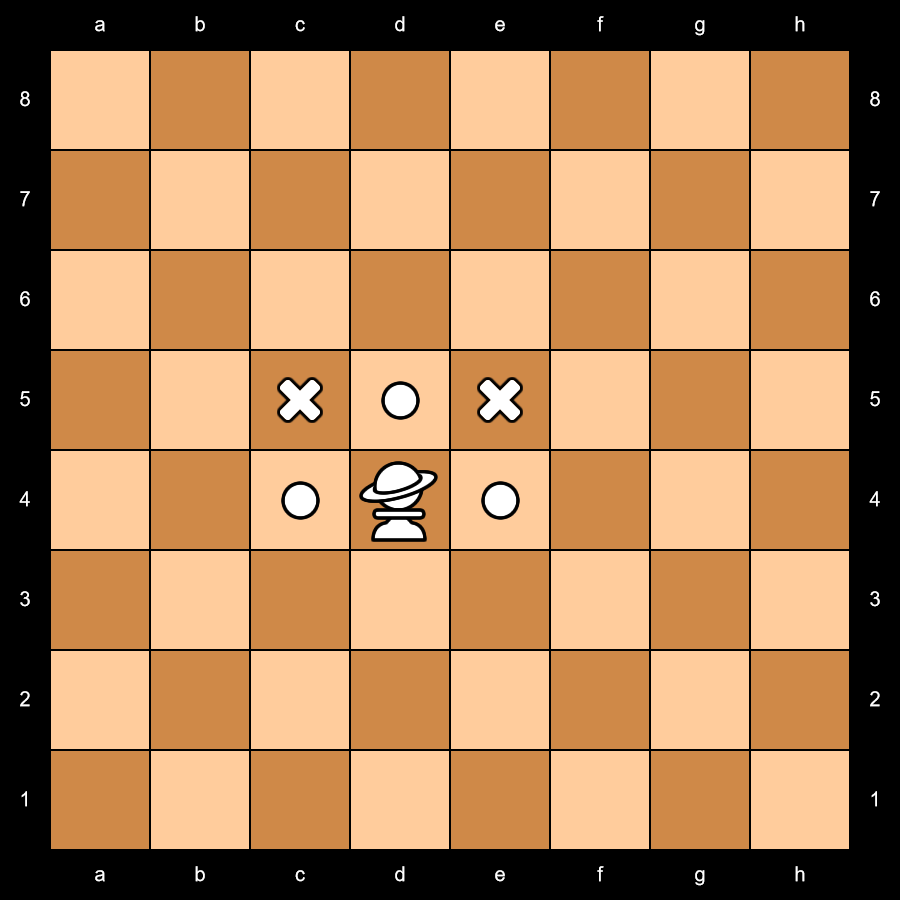
Spy
The Spy can move one or two spaces orthogonally, or jump like a Knight.
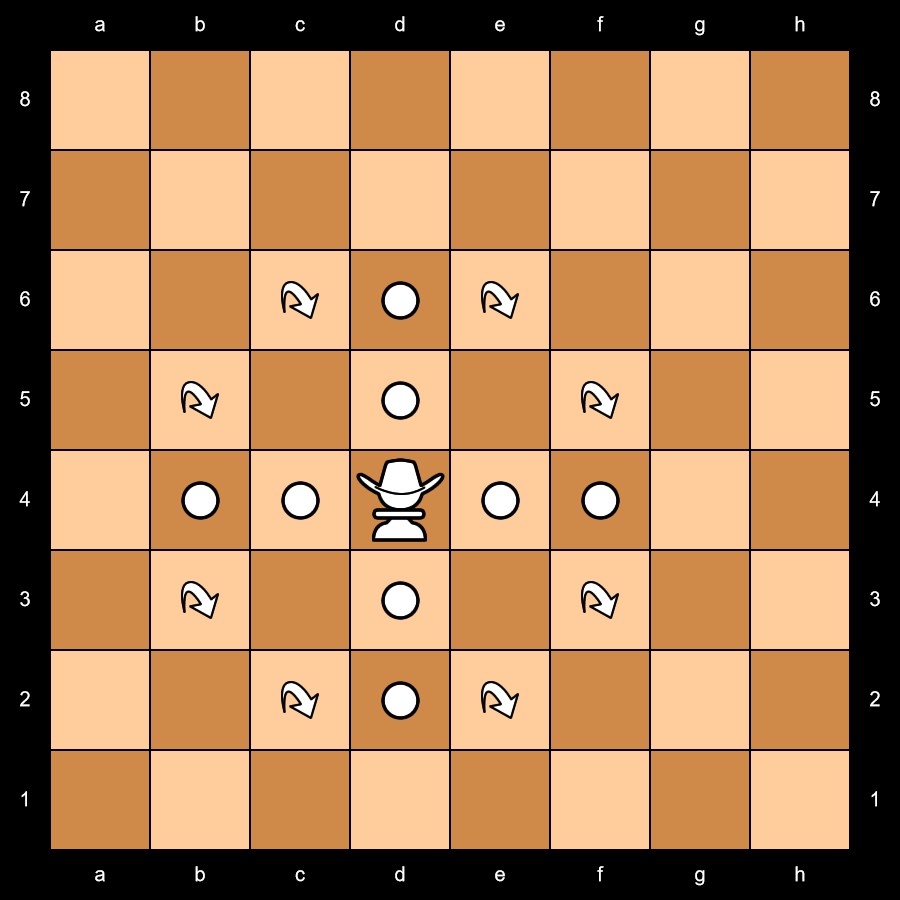
Wizard
The Wizard moves one space diagonally, and then may continue 1-2 spaces orthogonally outward.
(Unlike the usual Wizard, this one does not jump, and is not colorbound.)

Rules
The basic rules of Chess are followed, with a few exceptions to allow for the larger board and larger armies (all noted above, but summarized here):
- Castling and En Passant are not used.
- Both the King and the Prince must be captured (or in Checkmate) for victory. If the King is captured first, then the Prince becomes King. The game ends when the King is in Checkmate, without a Prince on the board; or if the opponent can get both the King and the Prince in Checkmate simultaneously (see below).
- If the Queen is captured and the Princess is still on the board, the Princess becomes Queen.
- Pawn pieces promote upon reaches the far row as follows: Pawns become Knights, Soldiers become Helepolises, and Sergeants become Lancers.
Checkmate
Rules for Checkmate, and the victory that comes with it, are a little complicated. Victory only comes when both the King and Prince are captured or in Checkmate.
As noted above, if the King is in Checkmate while the player's Prince is on the board, the opponent must capture the King on the next move; that act immediately promotes the Prince to King.
However, since the player's own next move can be anything, the King can be Rescued if the player can put the opponent's King in Check (but not Checkmate, though see below). In the case, the opponent must address the Check before capturing the King (with one exception, below). If the player can force a move that lets him take the King out of Checkmate (and then out of Check), then the King is Rescued.
If the player, with his King in check and his Prince still on the board and not threatened, can put his opponent's King into Checkmate when the opponent's Prince is not on the board, the player wins.
It may also be possible (though very rare) to have both the King and Prince in Checkmate (essentially, a "Double Checkmate"). The Prince would be considered in Checkmate if the King is in Checkmate; the Prince is also under attack and cannot move to a safe space even if it's promoted to King (when it can move to adjacent orthoganal spaces, which it cannot do as Prince); and a move to capture one does not free the other.
Options
The following optional rules may be implemented, if both players agree before the match starts:
- Prince/Princess and/or Chancellor/Wizard may reverse their positions on both sides.
- If the King is captured and the Prince is promoted to King, the Princess is also promoted to Queen even with the original Queen still on the board.
- The Wizard gains the ability to switch places with any friendly piece in a space to which it can move.
Notes
Given the large board size, large number of pieces, and presence of two Royal pieces (King and Prince), this game takes somewhat longer to play than standard Chess.
Piece Values
Using the Generic Piece Creation System, I've attempted to calculate relative values of all the pieces.
| Archer | 70 |
| Bishop | 50 |
| Chancellor | 102 |
| Falconer | 123 |
| General | 85 |
| Helepolis | 82 |
| King | 30 |
| Knight | 42 |
| Lancer | 54 |
| Lioneer | 160 |
| Nightrider | 170 |
| Pawn | 14 |
| Prince | 50 |
| Princess | 77 |
| Queen | 110 |
| Rook | 70 |
| Sergeant | 27 |
| Soldier | 25 |
| Spy | 54 |
| Wizard | 54 |
 This 'user submitted' page is a collaboration between the posting user and the Chess Variant Pages. Registered contributors to the Chess Variant Pages have the ability to post their own works, subject to review and editing by the Chess Variant Pages Editorial Staff.
This 'user submitted' page is a collaboration between the posting user and the Chess Variant Pages. Registered contributors to the Chess Variant Pages have the ability to post their own works, subject to review and editing by the Chess Variant Pages Editorial Staff.
By Bob Greenwade.
Last revised by Bob Greenwade.
Web page created: 2023-05-30. Web page last updated: 2023-08-06